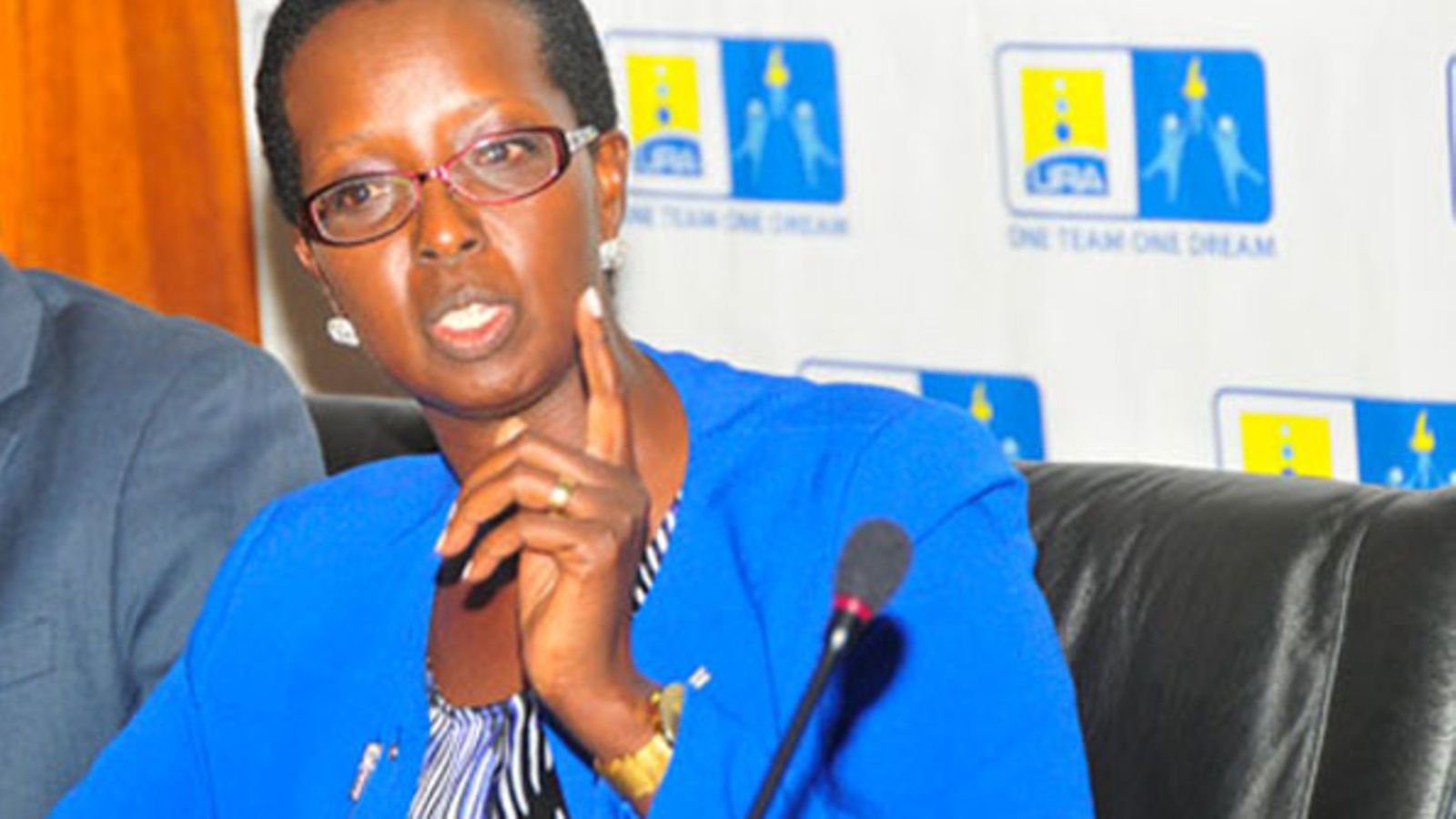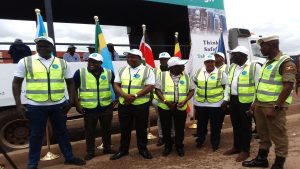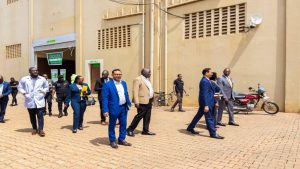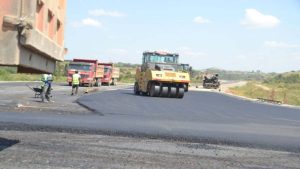Share
The start of improving new roads, which would ultimately add 684 km to the entire network during the fiscal year 2023/24, has been announced by the Uganda National Roads Authority (UNRA).
The tourism highways Koboko-Yumbe-Moyo (105 km), Kabale-Lake Bunyonyi (15.1 km), and Kisoro-Mgahinga (18.1 km) are some of the ones that will be rebuilt to tarmac.
While presenting the performance report for the fiscal year 2022–2023, UNRA Executive Director Allen Kagina stated that they have increased Uganda’s national road network by 254.5km in the financial year 2022–2023, bringing the total paved stock to 6,133km.
Three road improvement projects, including Masindi-Biiso, Hohwa-Nyairongo-Kyarusheesha-Butoole, and Kabaale-Kiziranfumbi roads, as well as the crucial oil road package’s Atiak-Laropi (66km) and Moroto-Lokitanyala Road (42km), would be largely finished, according to the official.
In regards to road repair, Kagina stated that UNRA will restore and rebuild a portion of the network, producing an output of 163km equivalent. Alwii-Nebbi Road (37 km) and Kampala-Jinja Road (72 km) are the two routes being renovation.
“This infrastructure investment helps to relieve traffic, increase trade, and promote tourism across the country. Apart from the national road network, 46km of town roads in a number of towns and municipalities were also renovated. As a result, by the end of June 2023, UNRA would have upgraded 300 km of roads, 254 km of which would have been national roads and 46 km town roads, she said.
According to Kagina, UNRA anticipates a 315 km equivalent construction output for the road upgrade initiative. It indicates the total number of projects scheduled to be completed during the fiscal year, and its realization is primarily dependent upon the availability and sufficiency of the budgeted financing.

“UNRA will continue with the construction works for 36 critical strategic bridges whose progress is at different stages,” according to Kagina, “and will substantially complete the construction of three, including the Kampala Flyover and Road Upgrading Project, Lango Bridge, and Saaka Swamp Crossing in Pallisa.”
According to her, UNRA continued the restoration and reconstruction of 435.6 km of national highways during the fiscal year 2022–2023, with a number of projects already well along the way.
“The equivalent of 55 km was restored throughout the fiscal year. In Masaka Town, we also finished rehabilitating an additional 9.3 km of roads,” she continued.
Regarding axle load control, Kagina stated that 1,401,626 vehicles were weighed during the financial year 2022–2023, and 3.2% of the vehicles were found to be overloaded.

“This project brought in sh1.2b in fees. “UNRA operated eight fixed weigh stations and six mobile weigh stations at the end of the fiscal year, with average availability of 96% and 79.2%, respectively,” she continued.
Regarding ferry services, Kagina stated that UNRA vessels ran with a 97.1% on-time adherence rate and 96.5% availability in the 2022–23 financial year.
“Two ferries made their first run. To facilitate travel from the Kiyindi landing location in the Buikwe District to Kirongo in the Buvuma Islands, one vessel, the MV Palm, was launched. The other ferry, the MV BBB (Bubembe-Bunyama-Muggala), began operating on Lake Victoria in December 2022 and presently transports oil palm growers in the Kalangala District, according to the spokeswoman.
She listed a few of the difficulties they had faced, including the acquisition of right-of-way, reductions in road maintenance activities, and severe budget cuts that had slowed the development of roads, particularly as a result of delayed payments that affected project cash flow.

“The funding for operations and road repair is still below what is needed, which lowers the level of service. Budget constraints make it difficult to respond to emergencies that cause network cuts, Kagina said.
She added that the prolonged and heavy rains caused construction projects to move slowly, caused a number of road cuts that necessitated emergency repairs, and caused the condition of the roads to quickly deteriorate, lowering service levels and necessitating more urgent periodic maintenance and rehabilitation of some road sections.
“I want to express my gratitude to the Government of Uganda and our development partners for their unwavering dedication to the considerable investment made to build a reliable road network in our nation. In making this crucial investment, UNRA is committed to maximizing efficiency and value for money, according to Kagina.
While UNRA recognises the growing public desire for better roads, she pointed out.
The difficult economic environment and ongoing threats we confront must also be taken into account. Despite these obstacles, we have meticulously put in place a variety of business continuity measures to strengthen the resilience of our organization. Serving the requirements of drivers and other road users is something we do with steadfastness, she added.










